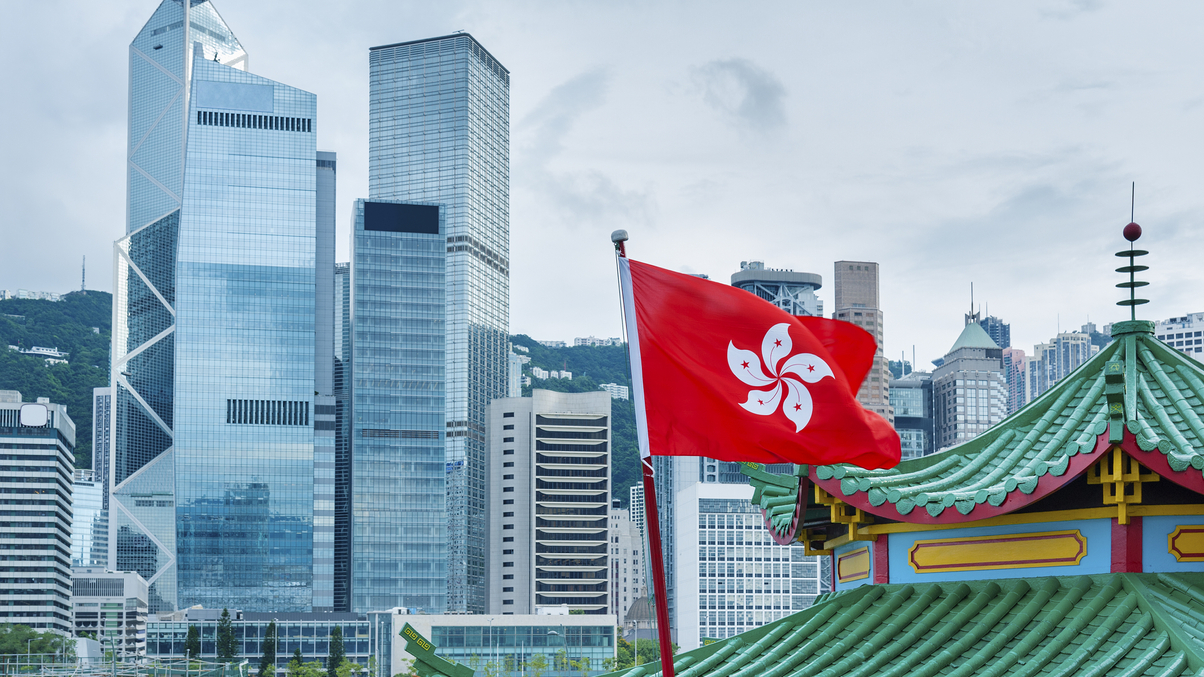Investors eye Greater Bay Area, Singapore as Asia Pacific commercial real estate recovers
Regional transactions are bouncing back to pre-Covid levels, but experts caution that each geography requires a different investment strategy.

Commercial real estate transactions in Asia Pacific are closing in on pre-Covid levels, with experts from Manulife, CBRE and Schroders eyeing assets in Singapore and the Greater Bay Area, even as Covid risks linger.
Sign In to Your Account
Access Exclusive AsianInvestor Content!
Please sign in to your subscription to unlock full access to our premium AI resources.
Free Registration & 7-Day Trial
Register now to enjoy a 7-day free trial—no registration fees required. Click the link to get started.
Note: This free trial is a one-time offer.
¬ Haymarket Media Limited. All rights reserved.


